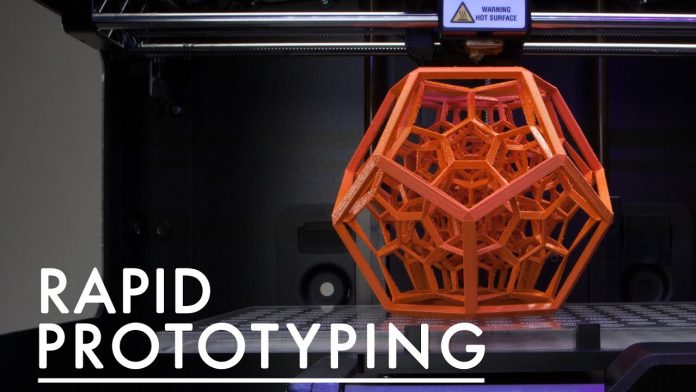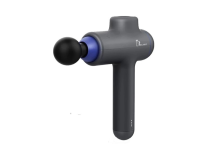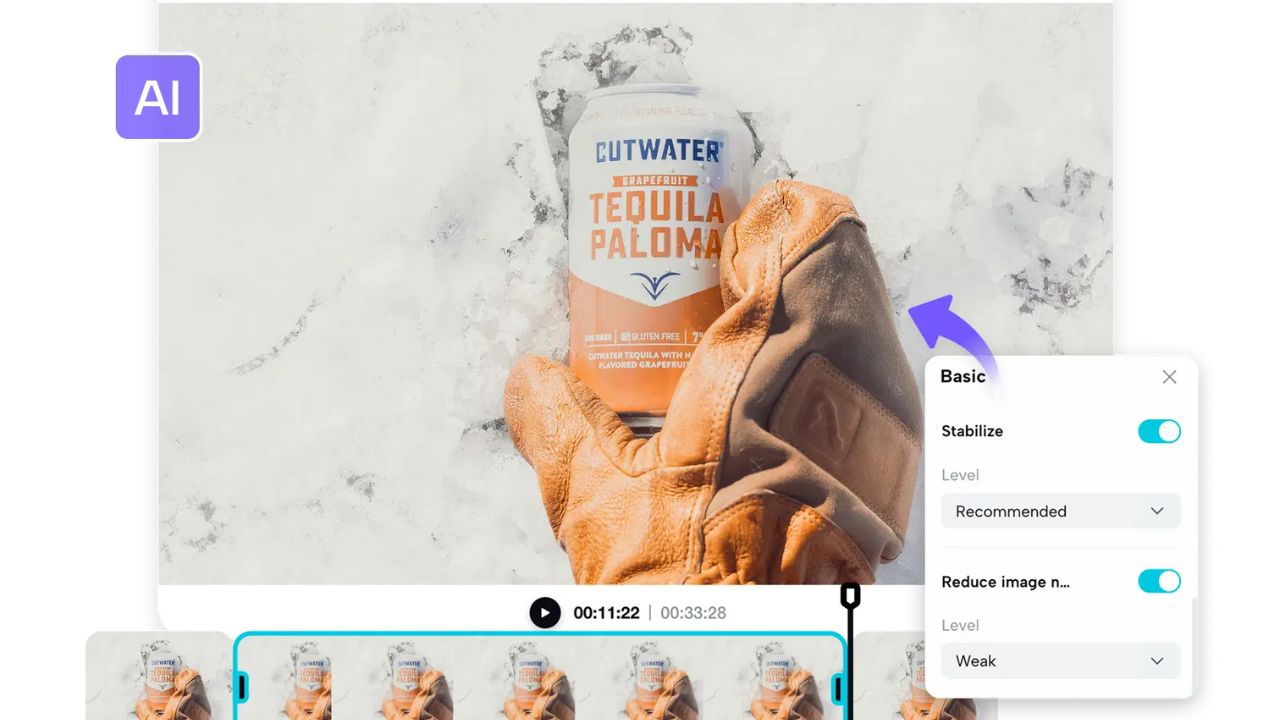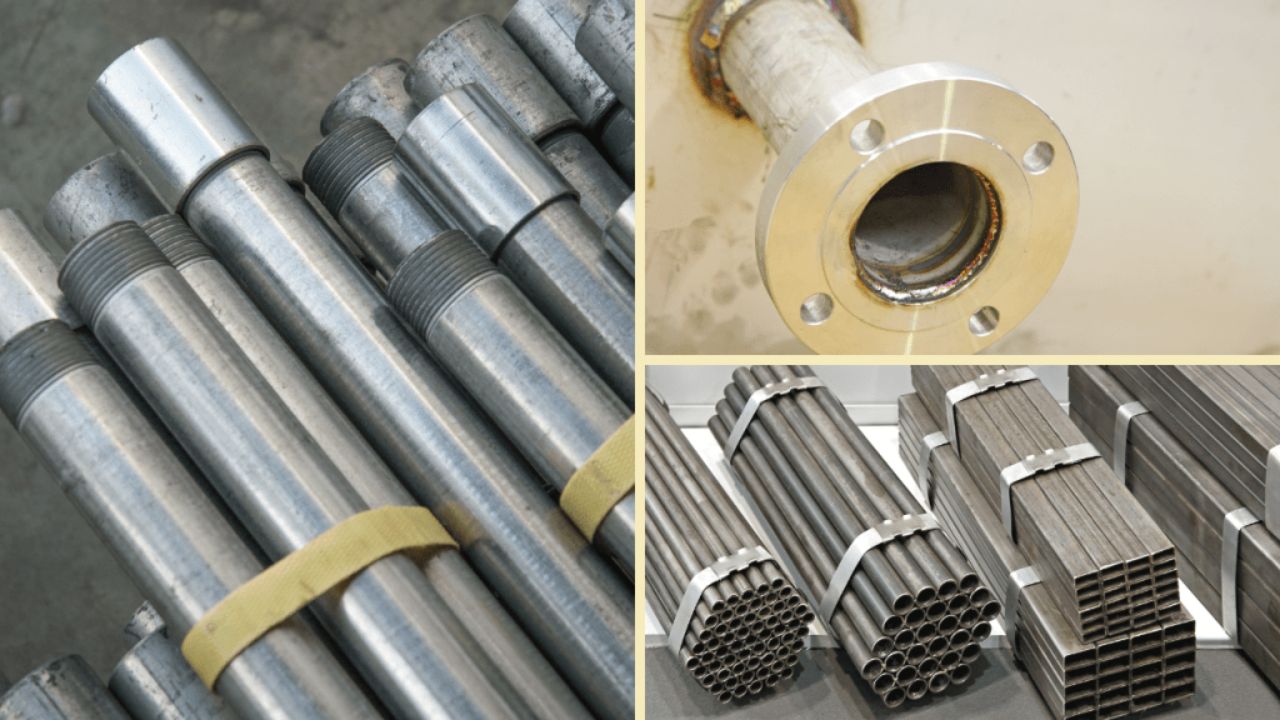In today’s competitive business landscape, innovation is key to staying ahead of the curve. Rapid Prototyping Services have emerged as a game-changer, revolutionizing the product development process. One of the most significant advantages it offers is the reduction of development costs. In this article, we will delve into how rapid prototyping can save your company valuable time and resources.
Streamlined Design Iterations
Traditional product development often involves a series of design iterations, which can be time-consuming and costly. With rapid prototyping, these iterations become more efficient and cost-effective. Design changes can be implemented quickly, and physical prototypes can be produced in a matter of days, allowing for faster feedback and improvements.
Early Detection of Design Flaws
Identifying design flaws early in the development process is crucial to avoiding costly revisions later on. Rapid prototyping allows for the creation of physical prototypes that can be tested and evaluated. This early testing helps catch design flaws and functional issues before they escalate, reducing the need for extensive and expensive changes down the road.
Customization Without Breaking the Bank
Customization is often associated with higher costs, but rapid prototyping services make customization more accessible and affordable. Whether it’s creating personalized components or tailoring a product to meet specific customer requirements, rapid prototyping allows for cost-effective customization without the need for expensive tooling adjustments.
Reduced Material Waste
Traditional manufacturing processes often result in significant material waste, especially during the initial setup and testing phases. Rapid prototyping minimizes this waste by producing only the necessary parts for testing and validation. This reduction in material waste not only contributes to cost savings but also aligns with sustainability goals.
Shorter Time-to-Market
Time-to-market is a critical factor in the success of any product. Rapid prototyping services dramatically shorten the time required to go from concept to market-ready product. This accelerated timeline can lead to early market entry and revenue generation, offsetting development costs.
Lower Tooling Costs
Traditional manufacturing methods often involve substantial upfront costs for tooling and molds. Rapid prototyping eliminates the need for expensive tooling, as prototypes can be created directly from digital designs. This cost-saving aspect is particularly advantageous for small and medium-sized enterprises (SMEs) looking to compete with larger players.
Enhanced Collaboration
Effective collaboration among cross-functional teams is essential for successful product development. Rapid prototyping services facilitate collaboration by providing physical prototypes that all stakeholders can interact with and provide feedback on. This streamlined communication leads to faster decision-making and fewer costly misunderstandings.
Cost-Efficient Testing and Validation
Rapid prototyping allows for extensive testing and validation of prototypes at a fraction of the cost of traditional methods. Whether it’s assessing the structural integrity, functionality, or aesthetics of a product, rapid prototyping enables thorough testing without the need for expensive production runs.
Conclusion
In conclusion, the adoption of rapid prototyping services can significantly reduce development costs while simultaneously accelerating the product development process. By streamlining design iterations, enabling early detection of flaws, and offering cost-effective customization, rapid prototyping has become a cost-saving boon for businesses of all sizes. Additionally, the reduction in material waste, lower tooling costs, and enhanced collaboration further contribute to the cost-efficient nature of this innovative approach. Ultimately, the ability to test and validate prototypes at a fraction of the cost of traditional methods ensures that businesses can bring high-quality products to market faster and more affordably. Embracing rapid prototyping is not just a smart choice; it’s a strategic advantage in today’s fast-paced and competitive market.













